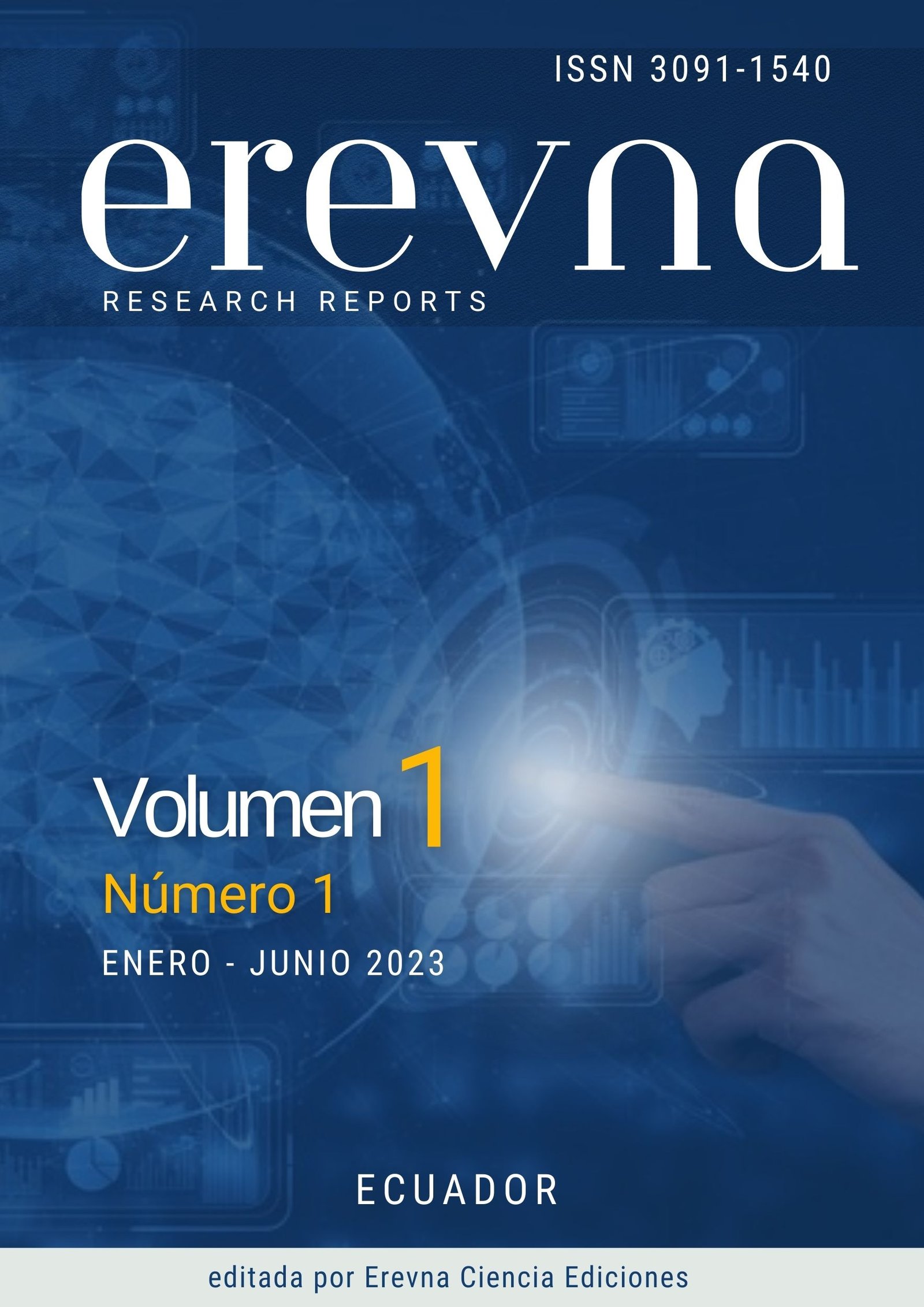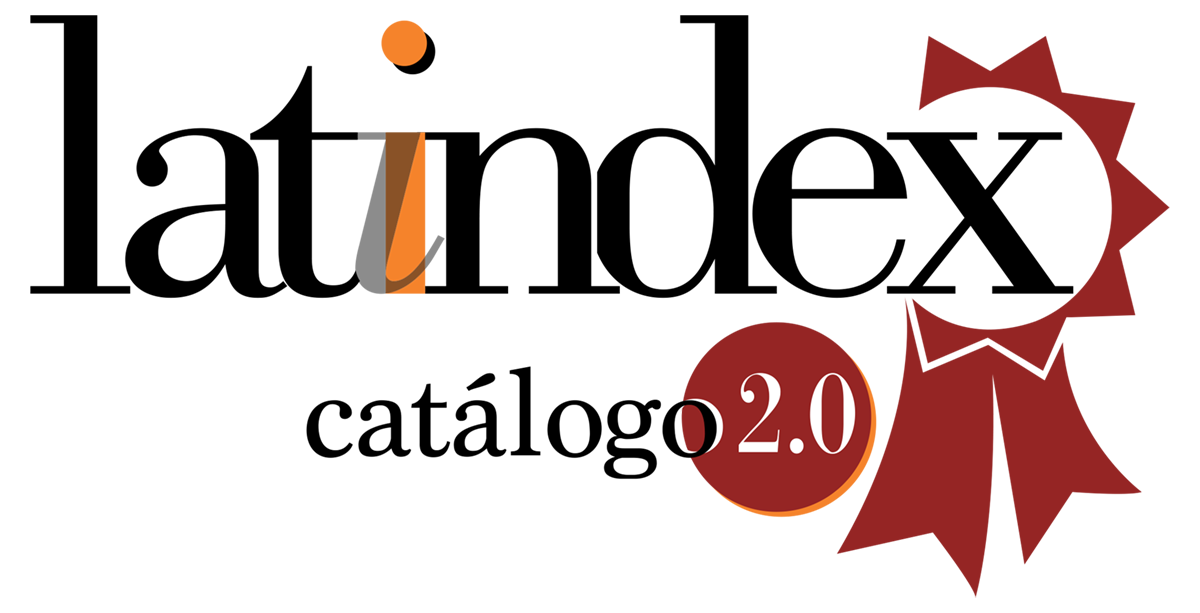California Red Worm Humus (Eisenia fetida) from the Combination of Organic Wastes
DOI:
https://doi.org/10.70171/qe9dvn74Keywords:
cattle manure, organic fertilization, vermiculture, waste management, vermicompostingAbstract
Justification: the production of worm humus is a sustainable alternative for waste management and the improvement of agricultural soils. However, the quality and composition of humus vary depending on the nature of the residues used. Objective: to evaluate the combination of different organic residues with cattle manure in humus production using Eisenia fetida. Methodology: a completely random experimental design was used with five treatments and three replications. The treatments consisted of: T1, cocoa shells and manure (50% each); T2, banana rachis and manure (50% each); T3, poultry manure and manure (50% each); T4, market waste and manure (50% each); and T5, cattle manure (100%). The parameters evaluated were weight and length of the worms, population density, amount of humus produced, and chemical composition. Results: the substrate type primarily influenced the weight of Eisenia fetida. No significant differences were observed in growth, worm density, or the quantity and quality of humus between the treatments. Cattle manure served as a stable nutritional base, providing optimal conditions for the activity of Eisenia fetida. Conclusion: the combination of organic residues with cattle manure produces uniformly high-quality humus, demonstrating the flexibility of Eisenia fetida to adapt to various substrates.
Downloads
References
Amaya, N. L. R., Cobeña, L. S. A., Gualpa, T. L. A., Ochoa, A. D. F., & Suarez, C. B. F. (2022) Manufacture of Humus From Plant Residues. International Journal of Life Sciences, 6(1), 10-18. https://doi.org/10.53730/ijls.v6n1.4739 DOI: https://doi.org/10.53730/ijls.v6n1.4739
Arora, M., & Kaur, A. (2019). Azolla pinnata, Aspergillus terreus and Eisenia fetida for enhancing agronomic value of paddy straw. Scientific Reports, 9(1), 1341. https://doi.org/10.1038/s41598-018-37880-1 DOI: https://doi.org/10.1038/s41598-018-37880-1
Bellitürk, K., Aslam, Z., Ahmad, A., & Rehman, S. U. (2020). Alteration of physical and chemical properties of livestock manures by Eisenia fetida (Savigny, 1926) and developing valuable organic fertilizer. Journal of Innovative Sciences, 6(1), 47-53. http://dx.doi.org/10.17582/journal.jis/2020/6.1.47.53 DOI: https://doi.org/10.17582/journal.jis/2020/6.1.47.53
Bhatt, P., & Singh, V. K. (2022). Effect of humic acid on soil properties and crop production–A review. Indian Journal of Agricultural Sciences, 92(12), 1423-1430. https://doi.org/10.56093/ijas.v92i12.124948 DOI: https://doi.org/10.56093/ijas.v92i12.124948
Boruah, T., Morang, A., & Deka, H. (2020). Current understanding on industrial organic waste management by employing Eisenia fetida. International Journal of Environment and Pollution, 67(1), 48-61. https://doi.org/10.1504/IJEP.2020.108365 DOI: https://doi.org/10.1504/IJEP.2020.108365
Cao, Y., Tian, Y., Wu, Q., Li, J., & Zhu, H. (2021). Vermicomposting of livestock manure as affected by carbon-rich additives (straw, biochar and nanocarbon): a comprehensive evaluation of earthworm performance, microbial activities, metabolic functions and vermicompost quality. Bioresource Technology, 320, 124404. https://doi.org/10.1016/j.biortech.2020.124404 DOI: https://doi.org/10.1016/j.biortech.2020.124404
Das, D., Kalita, N., Langthasa, D., Faihriem, V., Borah, G., Chakravarty, P., & Deka, H. (2022). Eisenia fetida for vermiconversion of waste biomass of medicinal herbs: Status of nutrients and stability parameters. Bioresource Technology, 347, 126391. https://doi.org/10.1016/j.biortech.2021.126391 DOI: https://doi.org/10.1016/j.biortech.2021.126391
Degefe, G., & Tamire, G. (2017). Growth and reproductive performance of Eisenia fetida in three varieties of flower (rose, carnation and hypericum) leftovers. Journal of Entomology and Nematology, 9(4), 29-35. https://doi.org/10.5897/JEN2017.0181 DOI: https://doi.org/10.5897/JEN2017.0181
Edwards, C. A., & Arancon, N. Q. (2022). The role of earthworms in organic matter and nutrient cycles. In Biology and ecology of earthworms (pp. 233-274). New York, NY: Springer US. https://doi.org/10.1007/978-0-387-74943-3_8 DOI: https://doi.org/10.1007/978-0-387-74943-3_8
Ejack, L., Kernecker, M. L., Prieto, R., Chen, C., Gul, S., Bradley, R. L., & Whalen, J. K. (2021). Earthworms did not increase long-term nitrous oxide fluxes in perennial forage and riparian buffer ecosystems. Pedobiologia, 85, 150727. https://doi.org/10.1016/j.pedobi.2021.150727 DOI: https://doi.org/10.1016/j.pedobi.2021.150727
Guo, Y., Liu, H., Gong, P., Li, P., Tian, R., Zhang, Y., ... & Xue, B. (2022). Preliminary studies on how to reduce the effects of salinity. Agronomy, 12(12), 3006. https://doi.org/10.3390/agronomy12123006 DOI: https://doi.org/10.3390/agronomy12123006
Hajam, Y. A., Kumar, R., & Kumar, A. (2023). Environmental waste management strategies and vermi transformation for sustainable development. Environmental Challenges, 100747. https://doi.org/10.1016/j.envc.2023.100747 DOI: https://doi.org/10.1016/j.envc.2023.100747
Kanivets, O. V., Kanivets, I. M., Gorda, T. M., & Burlaka, O. A. (2021). Development of a machine vision program to determine the completeness of wrapping plants in the soil. In CS&SE@ SW (pp. 27-43). http://dx.doi.org/10.5958/2249-7137.2021.01331.8 DOI: https://doi.org/10.5958/2249-7137.2021.01331.8
Kiyasudeen S, K., Ibrahim, M. H., Quaik, S., Ahmed Ismail, S., Ibrahim, M. H., Quaik, S., & Ismail, S. A. (2016). Vermicomposting: an earthworm mediated waste treatment technique. Prospects of Organic Waste Management and the Significance of Earthworms, 167-199. https://doi.org/10.1007/978-3-319-24708-3_8 DOI: https://doi.org/10.1007/978-3-319-24708-3_8
Lanno, M., Klavins, M., Purmalis, O., Shanskiy, M., Kisand, A., & Kriipsalu, M. (2022). Properties of humic substances in composts comprised of different organic source material. Agriculture, 12(11), 1797. https://doi.org/10.3390/agriculture12111797 DOI: https://doi.org/10.3390/agriculture12111797
Mishra, C. S. K., & Samal, S. (2021). Rediscovering earthworms. Cambridge Scholars Publishing.
Muhamediyeva, D. K., & Nurumova, A. Y. (2023). Enhancing soil fertility through the application of biohumus. In E3S Web of Conferences (Vol. 411, p. 02044). EDP Sciences. https://doi.org/10.1051/e3sconf/202341102044 DOI: https://doi.org/10.1051/e3sconf/202341102044
Musyoka, S. N., Liti, D. M., Ogello, E. O., Meulenbroek, P., & Waidbacher, H. (2020). Using Earthworm, Eisenia fetida, to Bio-convert Agro-industrial Wastes for Aquaculture Nutrition. BioResources, 15(1). https://repository.maseno.ac.ke/handle/123456789/1386 DOI: https://doi.org/10.15376/biores.15.1.574-587
Rayne, N., & Aula, L. (2020). Livestock manure and the impacts on soil health: A review. Soil Systems, 4(4), 64. https://doi.org/10.3390/soilsystems4040064 DOI: https://doi.org/10.3390/soilsystems4040064
Raza, S. T., Wu, J., Rene, E. R., Ali, Z., & Chen, Z. (2022). Reuse of agricultural wastes, manure, and biochar as an organic amendment: A review on its implications for vermicomposting technology. Journal of Cleaner Production, 360, 132200. https://doi.org/10.1016/j.jclepro.2022.132200 DOI: https://doi.org/10.1016/j.jclepro.2022.132200
Rorat, A., & Vandenbulcke, F. (2019). Earthworms converting domestic and food industry wastes into biofertilizer. In Industrial and municipal sludge (pp. 83-106). Butterworth-Heinemann. https://doi.org/10.1016/B978-0-12-815907-1.00005-2 DOI: https://doi.org/10.1016/B978-0-12-815907-1.00005-2
Samal, K., & Mohanty, M. (2024). Earthworm-associated bacterial community and its role in organic waste decomposition. In Earthworm Technology in Organic Waste Management (pp. 1-14). Elsevier. https://doi.org/10.1016/B978-0-443-16050-9.00015-3 DOI: https://doi.org/10.1016/B978-0-443-16050-9.00015-3
Sharma, N., Singh, J., Singh, B., & Malik, V. (2023). Improving the Agronomic Value of Paddy Straw Using Trichoderma harzianum, Eisenia fetida and Cow Dung. Fermentation, 9(7), 671. https://doi.org/10.3390/fermentation9070671 DOI: https://doi.org/10.3390/fermentation9070671
Singh, J. (2018). Role of earthworm in sustainable agriculture. In Sustainable food systems from agriculture to industry (pp. 83-122). Academic Press. https://doi.org/10.1016/B978-0-12-811935-8.00003-2 DOI: https://doi.org/10.1016/B978-0-12-811935-8.00003-2
Swati, A., & Hait, S. (2018). A comprehensive review of the fate of pathogens during vermicomposting of organic wastes. Journal of environmental quality, 47(1), 16-29. https://doi.org/10.2134/jeq2017.07.0265 DOI: https://doi.org/10.2134/jeq2017.07.0265
Villarreal, A. P. B., Tumipamba, D. E. G., & Sarzosa, F. V. C. (2021). Vermicomposting: Production of Humus and Biol. In Communication, Smart Technologies and Innovation for Society: Proceedings of CITIS 2021 (pp. 591-600). Singapore: Springer Singapore. https://doi.org/10.1007/978-981-16-4126-8_53 DOI: https://doi.org/10.1007/978-981-16-4126-8_53
Vodounnou, D. S. J. V., Kpogue, D. N. S., Tossavi, C. E., Mennsah, G. A., & Fiogbe, E. D. (2016). Effect of animal waste and vegetable compost on production and growth of earthworm (Eisenia fetida) during vermiculture. International Journal of Recycling of Organic Waste in Agriculture, 5, 87-92. https://doi.org/10.1007/s40093-016-0119-5 DOI: https://doi.org/10.1007/s40093-016-0119-5
Wong, W. S., Zhong, H. T., Cross, A. T., & Yong, J. W. H. (2020). Plant biostimulants in vermicomposts: Characteristics and plausible mechanisms. The chemical biology of plant biostimulants, 155-180. https://doi.org/10.1002/9781119357254.ch6 DOI: https://doi.org/10.1002/9781119357254.ch6
Yang, H., Ma, L., Fu, M., Li, K., Li, Y., & Li, Q. (2023). Mechanism analysis of humification coupling metabolic pathways based on cow dung composting with ionic liquids. Journal of Environmental Management, 325, 116426. https://doi.org/10.1016/j.jenvman.2022.116426 DOI: https://doi.org/10.1016/j.jenvman.2022.116426
Zhou, Y., Zhang, D., Zhang, Y., Ke, J., Chen, D., & Cai, M. (2021). Evaluation of temperature on the biological activities and fertility potential during vermicomposting of pig manure employing Eisenia fetida. Journal of Cleaner Production, 302, 126804. https://doi.org/10.1016/j.jclepro.2021.126804 DOI: https://doi.org/10.1016/j.jclepro.2021.126804
Downloads
Published
License
Copyright (c) 2023 Marco Vinicio De-la-Cruz Chicaiza

This work is licensed under a Creative Commons Attribution-NonCommercial-ShareAlike 4.0 International License.





















